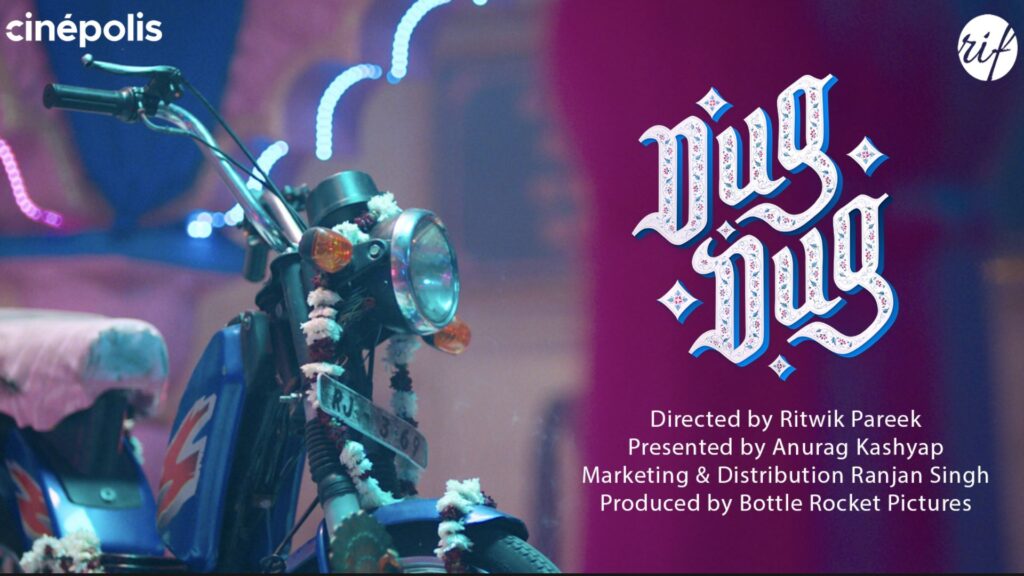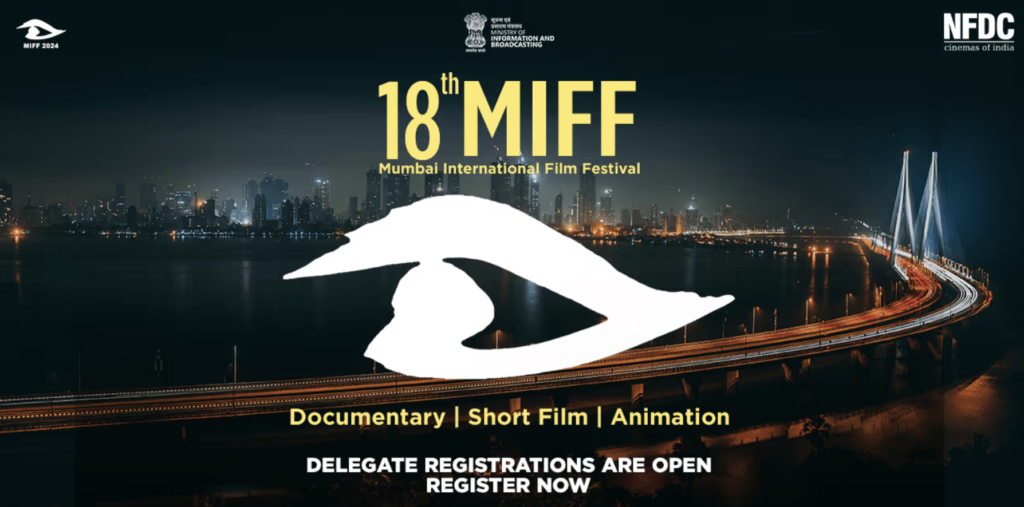In 2025, when most indie filmmakers were still juggling four jobs, shooting guerrilla scenes with borrowed DSLRs and syncing sound in cracked pirated versions of Premiere Pro, the concept of film subsidies in India remained one of the greatest, least understood paradoxes of our cinematic landscape – both savior and saboteur, both promise and puzzle. Because let’s be real: when a country that makes more films than any other on Earth struggles to fund voices that aren’t singing to the mainstream chorus, something’s broken in the projector. The Indian government’s film subsidy policies – sprawled across central schemes, state incentives, and ministry nods – should, in theory, be the scaffolding for the next cinematic revolution. But in reality? It’s a plot riddled with missing reels. And here’s some trivia they don’t teach you in film school: Gujarat was the first Indian state to formally introduce a regional film subsidy in 1997, offering cash for movies shot in the local language and locations, but that policy was quietly drafted based on a comparative study of the Canadian National Film Board’s incentives from 1956 (from the archived minutes in the Ministry of I&B).

Meanwhile, Kerala has this wild clause that offers subsidies to films promoting secularism and gender equity – which, in 2012, led to a Malayalam rom-com titled Pappadam Politics receiving funding purely because one of the characters was a female auto driver and the final scene had a communal harmony message delivered through food. But here’s the catch: for every state like Kerala or Maharashtra with semi-transparent portals and cultural committees that actually watch the films they fund, there are others, like Uttar Pradesh, where the application form is still not fully digitised and decisions are whispered in corridors and WhatsApp threads. And this isn’t just inefficiency, bro – it’s aesthetic gatekeeping wrapped in red tape. Because the truth is, subsidies in India are often wielded like plot armor for propaganda or, worse, as performative gestures for representation without systemic change. We fund nationalist period dramas with chest-thumping music and ignore Dalit cinema unless it’s winning awards abroad. We pay lip service to regional language diversity but forget that Bhojpuri cinema hasn’t received a consistent subsidy plan in years. Film subsidy, in the Indian context, is not a funding mechanism – it’s a mirror. And what it reflects is messy: a nation that loves its stories, but still hasn’t figured out who gets to tell them, who gets paid for them, and who gets left behind with nothing but reels of ambition and unpaid invoices. In a country of 1.4 billion narratives, the question isn’t whether we fund cinema – it’s whether we fund the right ones. And that, fam, is where the drama begins.
As of 2025, here’s everything we know about the film subsidy architecture in India – and spoiler alert: it’s not a monolith but a weird patchwork quilt stitched together with ambition, bureaucracy, politics, and selective cultural memory. The Centre, through the Ministry of Information and Broadcasting, offers funding via schemes like the National Film Development Corporation of India (NFDC), which was supposed to be the beating heart of new-age Indian cinema but is often reduced to a bureaucratic labyrinth where forms expire faster than stories evolve. NFDC’s Film Bazaar is considered the gateway to international co-productions, but here’s some spicy backstage tea: in 2019, a Manipuri short was rejected three times until it got shortlisted under a pseudonym with a French-sounding producer’s name – only then did it receive a grant, proving that even funding spaces are vulnerable to unconscious bias and colonial hangover aesthetics. Meanwhile, state-wise, we’ve got a roulette wheel of incentives: Madhya Pradesh offers up to ₹2 crore in grants if your movie promotes local tourism – but did you know that clause was originally introduced after the success of Sui Dhaaga, which wasn’t even shot there but was rumored to be during its promotional cycle?
Rajasthan reimburses shooting costs and accommodation. But the paperwork requires 12 separate No Objection Certificates, including one from the Archaeological Survey of India (ASI) if your drone flies over a protected fort. Like, even Indiana Jones wouldn’t get clearance in time. On the flip side, Tamil Nadu has an entire panel of retired directors and professors who individually vet scripts submitted for subsidy – this is why films like Kaaka Muttai could pass through the gates, but a local feminist thriller about caste-based honor killings was ghosted with no explanation (via RTI filed by a film student in 2022, salute to that legend). The irony? These policies are often championed as inclusive when in fact they are allergic to anything that challenges the dominant cultural narrative. In fact, in some states like Haryana and Himachal Pradesh, films in dialects like Haryanvi or Kangri receive less financial support than Hindi-language scripts even if they’re regionally shot – which directly contradicts the 2006 Cultural Preservation Memo co-authored by the Sangeet Natak Akademi that literally says funding should prioritise linguistic diversity.
Nonetheless, about the tribal and northeastern cinema – Meghalaya offers reimbursements for documentaries, but you need to prove festival selection before claiming it. How do you make a film with no money and only get money if it’s already screened in Berlin? Circular logic. Broken system. But Maharashtra, post-2021, introduced a digital-first policy – meaning short films, indie web releases, and even hybrid AR-VR pieces were allowed to apply for partial reimbursements, especially if they included Marathi cultural themes. This shift came after the viral success of Mi Pan Sajjan, a Marathi short about climate change that was part-funded by an NGO and shot in a single room with 4K phones. And now, post-pandemic, there’s also a growing number of privately backed state-supported film incubators – like Kerala’s Chalachitra Academy which offers screenwriting residencies with direct paths to production grants. Still, these are outliers.
The majority of aspiring filmmakers, especially from marginal communities, have to juggle caste bureaucracy, digital illiteracy, and outdated websites where application links break mid-upload. Also, film subsidies are rarely audited in public view. According to a leaked 2023 internal audit, over 18% of subsidy funds in Rajasthan between 2017–2020 were siphoned into non-film activities under ‘creative expense headers‘ – think billboard promotions, hospitality junkets, and one notorious case where funds meant for a heritage film were used to host a wedding of a junior bureaucrat’s cousin in a subsidized fort. Real life is wilder than cinema. And yet, despite it all, the idea of film subsidies still matters – because it’s the only structural hope we have to democratize filmmaking in a country where funding is often a friends-and-family sport. It could level the field, if only we allowed it to. But right now? It’s like a half-written script with too many hands on the final draft and no continuity supervisor. Until we confront the contradictions, streamline the process, and – god forbid – trust filmmakers with bold visions instead of safe formulas, Indian cinema will remain a palace where only a few are allowed inside while the rest are told to “try again next year”. And that, in a country where every street corner holds a script waiting to be heard, is the real tragedy.
The real issue with India’s film subsidy culture isn’t that it’s broken, it’s that it was never really built for the kind of stories we need right now. It was stitched together for soft power, state image, and the occasional culture-fest trophy – not for truth, experimentation, or disruption. Like, imagine telling a queer Dalit filmmaker from a tier-3 city to apply via an English-only portal designed in 2003 that still uses Internet Explorer-compatible formats – as if, we’re funding the future with tools from the past. And worse? We’re asking artists to prove their cultural value through checkboxes designed by people who haven’t watched a film without intermission since 1998. The tragedy isn’t just that important stories aren’t getting made – it’s that they are, in scraps, in silence, without support, while shiny PR-friendly projects soak up all the state love. But here’s what gives me hope: filmmakers are still filming. With phones, with borrowed cameras, with crowdfunding campaigns that look like wedding invites. They’re not waiting for approval – they’re rewriting the script, in real time. And maybe that’s the revolution: not fixing the subsidy system, but outgrowing it. Because if the system doesn’t evolve with the stories, then the stories will evolve without it. And the best ones? The ones with rage, rhythm, and resistance? They always find a way to roll credits. Even if the budget was ₹0 and the only subsidy was the hustle.


